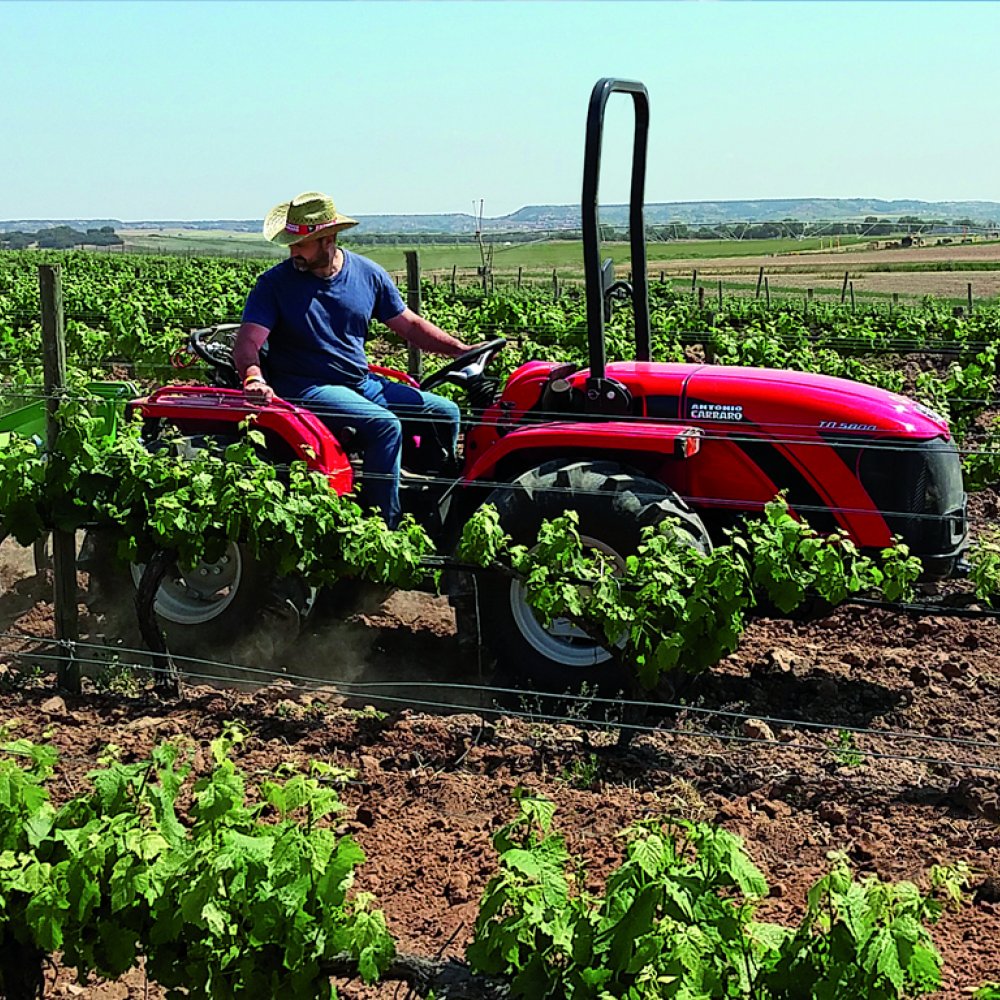Digital Pheromone Trap
Product Code :
CATEGORY : PROJECTS
Subcategory : Technology and Innovatıon Projects
This project aims to address the environmental, economic and health risks posed by the continuous use of chemical pesticides in the agricultural sector. It aims to promote sustainable and environmentally friendly agricultural practices by promoting methods to control pests using natural enemies. This is an important step that aims to enable farmers to increase productivity and ensure the long-term sustainability of agriculture.
Problem Area of the Project
In agricultural fields, the continuous use of pesticides for controlling harmful insects leads farmers to spray without properly assessing the presence of pests. This situation not only causes adverse environmental effects, as agricultural chemicals can harm ecosystems and contaminate water sources, but also increases the economic costs for farmers.
Social, Economic, and Environmental Impact of the Problem
Social Impact: The widespread use of chemical agricultural pesticides may pose potential risks to the environment and human health. Farmers can experience health issues due to exposure to chemicals during the spraying process. Additionally, the use of pesticides can negatively impact the working conditions of agricultural laborers.
Economic Impact: The continuous use of pesticides raises the costs for farmers. Furthermore, reliance on chemical pesticides instead of natural pest control methods does not promote sustainable agricultural practices in the long term and can reduce farmers' productivity.
Environmental Impact: Chemical agricultural pesticides can contaminate soil, water sources, and natural habitats. The elimination of natural enemies of pests can disrupt ecosystem balance and lead to a loss of biological diversity in agricultural production.
Solution Strategy as Agricultural Solution Center
The solution focuses on promoting and supporting biological control among farmers. This strategy aims to control harmful insects using natural methods and reduce the use of chemical pesticides.
Unique Aspects of the Solution Strategy
Focus on Natural Methods: The solution emphasizes biological control using natural enemies of pests. The importance of these natural enemies in maintaining ecosystem balance is recognized.
Technology Integration: The project includes the use of technologies such as odor-sensitive gels and photo-taking sensors to detect insects. This enables timely and accurate interventions.
Project's Differentiators and Objectives
Objective: The primary objective of the project is to encourage farmers to adopt sustainable and environmentally friendly agricultural practices by controlling pests through natural means.
Differentiator: The project aims to minimize the use of chemical pesticides, thereby preserving the environment and human health. It also emphasizes the long-term benefits of controlling pests naturally.
Project Activities and Promotion
Within the project, farmers will receive training on biological control techniques and the use of natural enemies. Additionally, project promotion will be carried out through various channels such as social media, brochures, and agricultural events to raise awareness among communities.
Sustainability Goals
The project focuses on creating a long-term impact by promoting sustainable agricultural practices and encouraging farmers to adopt natural methods. Continuous education and support mechanisms will be provided to encourage farmers to embrace these methods.
Project's SDG Impact
Sustainable Development Goal 2 (Zero Hunger)
The project contributes to food security through efficient and sustainable agricultural practices.
Sustainable Development Goal 15 (Ecosystems and Biodiversity)
Biological control methods help in preserving ecosystems and promoting biodiversity.
Project's Business Model
The project's business model is based on providing farmers with training in biological control techniques, supplying natural enemies, and offering technology integration as a service. In exchange for this service, farmers can contribute a certain amount or receive support from the government or environmental organizations. In the long run, the cost advantages and environmental benefits of producing using natural methods may increase farmers' demand for the project's services.









